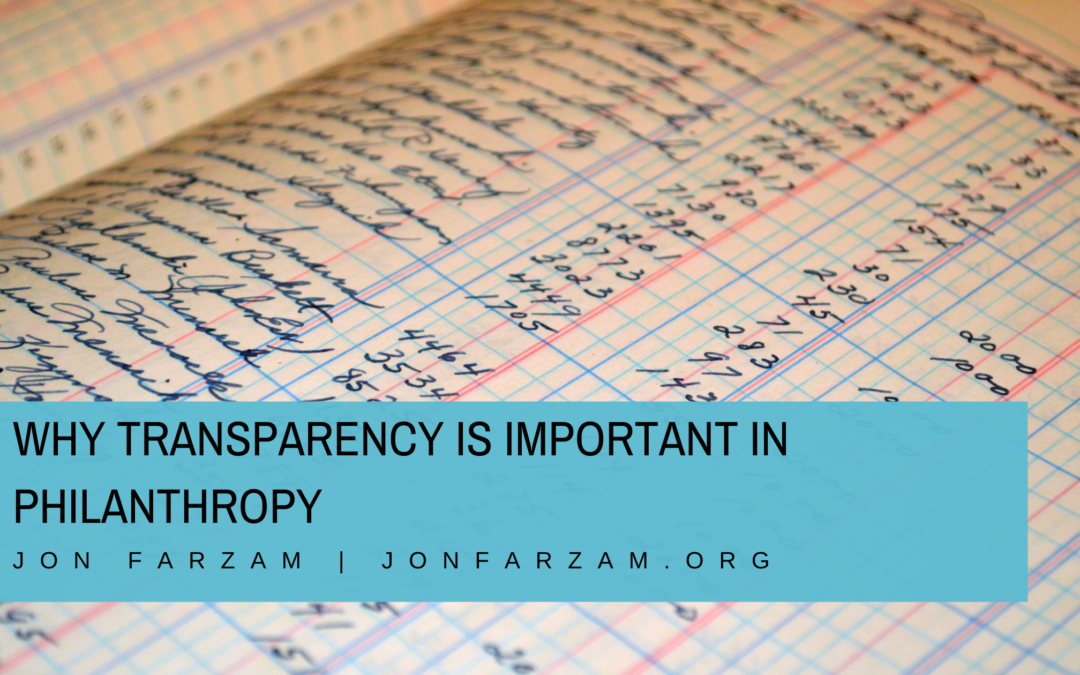“Transparency is the new accountability.” These words were spoken by one of the most respected and influential philanthropists in America. The subject? Philanthropy. It’s an industry that relies on trust, respect, and goodwill for success; it’s also a field where those qualities are often hard to come by. This article talks about why transparency is so important for philanthropy, what it looks like in practice, and how they can use these ideas to better their work and those around them.
Strengthened Foundation Credibility
Transparency is so essential for philanthropy as it strengthens the foundation’s credibility. Foundation leaders must demonstrate that their efforts have a real impact and are responsible stewards of the resources entrusted to them. Transparency is one of the most potent tools a foundation can use to show accountability.
Increased Public Trust
Transparency has a profound effect on public trust. It’s no secret that the public is suspicious of charitable organizations, but transparency helps to demystify what is often an opaque process. If they are transparent about how their money is spent and its impact, people are more likely to contribute their time or resources to aid that organization’s mission.
Facilitation of Greater Collaboration
Since transparency facilitates greater collaboration, it creates a virtuous cycle that benefits everyone. Nonprofits have the opportunity to work together and advance their mission by leveraging each other’s strengths. Philanthropists can multiply their contributions through targeted giving, building impact collaboratively rather than individually.
Improved Relationships with Grantees
A hallmark of successful grantmaking is transparency. A foundation can better manage its relationships with grantees by making all of the information about those grants visible and accessible. Grants are awarded based on a detailed review process, so there’s no reason why that process shouldn’t be equally transparent. When they are open about their criteria for giving, their selection process, and the specific reasons for their choices, they build stronger relationships with grantees.
Cultivation of a Community of Shared Learning Among Foundations
When a foundation is transparent concerning what it is doing and how it is spending its money and measuring success, those interested in the field of philanthropy have the opportunity to learn from them. This shared goal of advancing philanthropy as a discipline can create a community of practice that benefits everyone involved.

